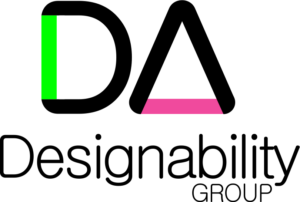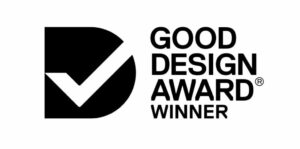If you can draw in perspective, then you have a powerful tool at your disposal. Your drawings will look like real life and this means that you will be able to make good judgements about what you are drawing. If you are designing something, then you can decide on whether you like it or not based on your drawing. This is why drawing is such a key part of the design process. There is no other better drawing type than perspective drawing for design. Perspective drawing is usually a super difficult kind of drawing to produce, but the VP3 board makes it easy.
Fast and realistic
If you want to design something, then you will want to do drawings that are both fast and realistic. Realism is important so that you can make good design decisions evaluating what the object would look like in real life before you or someone else makes it. Speed is super important also because when you are coming up with ideas you may have several at the same time and you need to get them all down quickly so you don’t lose them. You will also want to develop a good number of ideas so that you have a few to choose from. The more ideas you draw, the better your final design will be.
Why perspective works
Everything we see in real life obeys the laws of perspective. The basic principle is that the further away something is the smaller it appears. This is one of the early lessons we discovered as a baby and it is how we know where we are in space. Our brains are very good at analysing this visual information – so good in fact that we are not even aware of how we do it. Now if we obey the laws of perspective when we draw we will have the most realistic representation there is. This is the main reason to draw in perspective – to make your object look realistic. There are a few other kinds of drawings that have come to be used by designers and engineers such as oblique, isometric and axonometric. These have their own rules, but none of them match reality and they all look ‘wrong’ somehow. Perspective drawing is the best way to give someone a good idea of what your design will look like in reality. The trick is to get some easy techniques under your belt without getting too bogged down with the theory.
The main idea with perspective is that objects or parts of objects that are further away always appear smaller. We know this innately and mostly we don’t have to think about this fact too often, our eyes do it for us. If you are sitting at a table the front of it is closer to you than the back edge and so the front appears bigger. What about the other two sides? They have to join the front to the back and to do this they can’t be parallel, they must converge. In fact if they were to continue past the back of the table they would join up at a point called a vanishing point. So the big rule of perspective is: Parallel lines are drawn so that they converge to a vanishing point.
The next big rule is that two of the vanishing points are positioned on the same horizontal line. This line is called the horizon line and is an imaginary line. If we stood on a plain with no buildings or hills then the horizon line is where the sky meets the ground. When drawing a box, you’ll see that there are three sets of parallel lines and so to draw this in perspective they should be drawn converging to three different vanishing points. If we were to make the box more detailed somehow then any extra lines need to go to the correct vanishing point.




